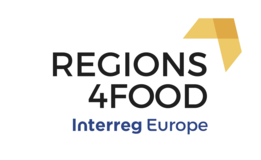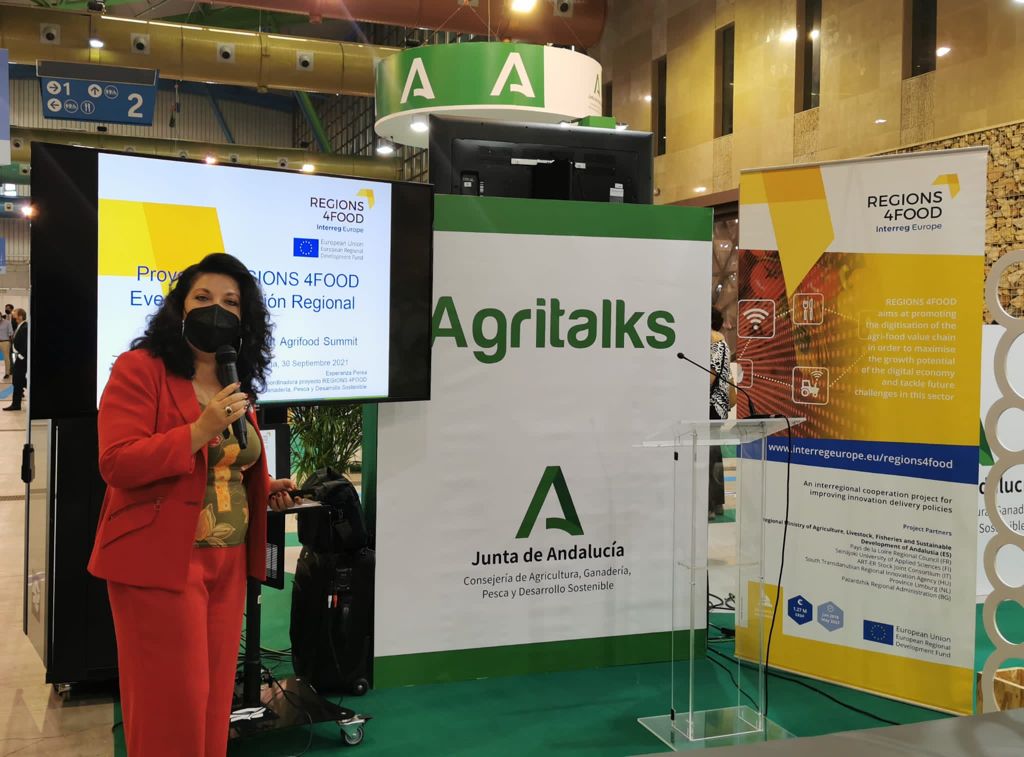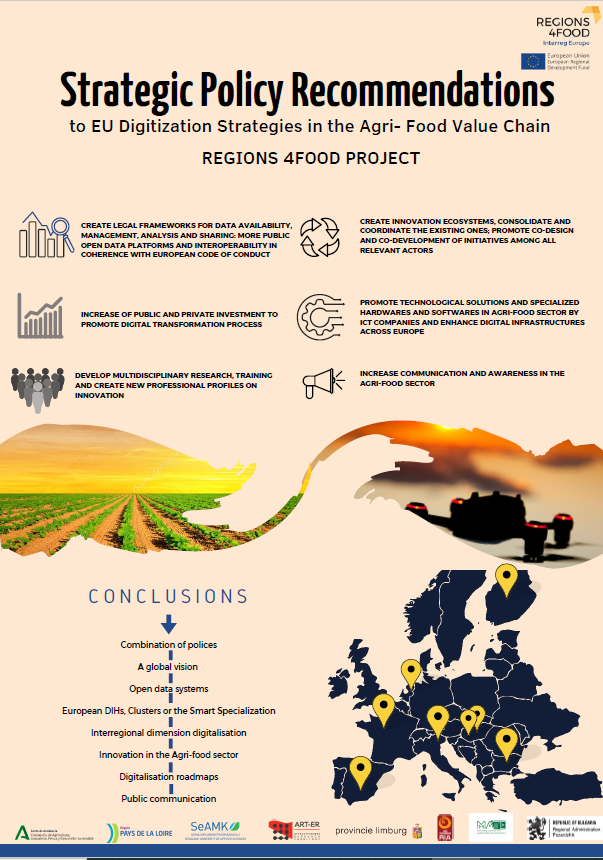Farkas Ltd.
Farkas Ltd. was presented during the online Study visit organized by STRIA on June 18th. Mr. László Farkas, managing director of Farkas Ltd. and his partner Dr. István Borsiczky, managing director of Tomelilla Ltd., gave a presentation on precision field farming.
One of the cornerstones of precision farming is that homogeneous zones within heterogeneous fields receive different doses of treatment (nutrient, seed, pesticide). It is very important that the area is properly surveyed, which is usually done by soil scanning. A wide range of capacities are examined, including physical diversity, soil humus content, and pH. Based on these data, the conditions of fertilization in the given areas are also determined. As a result, professionally validated doses are spread with safety, so the quality of the crop improves, the possibility of operative error eliminates and the actual placements automatically recorded. In addition, the herbicide savings are also significant. Finally, the presentation focused on:
- quality of placements improves
- results in better utilization of available resources
- a better chance of increasing yields at a given cost level
- results in cost savings
- reduces environmental impact
- improves the efficiency of labour
- improves working conditions through the use of automation
Have a look at the detailed page of this Good practice.
The Bos Frucht Agrarian Cooperative
The Cooperative is a 100% family owned and managed business. Mr. Barna Egyed, the Chairman of the Board, presented it. They currently own about 2,000 hectares of land on which 2,600 dairy cattle are kept. The average daily milk yield of the animals is around 80,000 kg of raw milk. The dairy and processing company is based on a stabile raw material base, modern production technologies and continuous improvements. Among the innovations, it is worth mentioning the cultivation of fertilizer-free forage (manure irrigation) on approximately 700 hectares, as well as the efficient milking technology (rotary system). In terms of modern production technologies, it has introduced a “freestall” system, which indicates the bedding area where cattle are provided with cubicles (stalls) where they can rest. Feeding grounds and bedding areas are cleaned daily to maintain the comfort, health and production performance of the cows. In this “freestall” system, the cows go into the milking parlour at least twice and spend the rest of the time in the stables where they can rest, eat and move freely. In addition, the company introduced high tech milking process. In a rotary milking system, the cows walk onto a slowly rotating platform. The milker puts on the cups and the cows are milked while the platform revolves. When a cycle is almost complete, the cups are automatically removed and the cow backs off the platform. As well as a new software to facilitate digitization - Agrovir system, has been introduced, making inventory management, cost monitoring and analysis, and workforce management easier. Or the HerdMetrix software package, which manages cow life management information in a user-friendly environment.
Have a look at the detailed page of this Good practice.
The Industry 4.0 Technology Center of the Budapest University of Technology and Economics (BME)
The project was originally set up as part of the Economic Development and Innovation Operational Program in 2017-2019 with the aim of supporting SMEs through “industry4.0 sample applications” through digitization and automation. Its mission is to take advantage of the IV industrial revolution. Hungary could have more and more modern and competitive enterprises. Therefore, they provide education and support to those interested and want to get as many I4.0 projects launched with the right resources in the country as possible. Businesses need to create digitally supported efficient production systems where equipment communicates with each other and collaborates along the value chain. Finally, he gave a “live demonstration” of three demonstration points at the Technology Center. One of them is the so-called “digital twin”, the essence of which is that the intelligent system is able to optimize the production process based on the data created through the continuous communication of devices and products. The digital mapping of this physical system is called the digital twin. An intelligent system designed in this way can gather “experience”. The other was the “fault source identification” scenario. Typically, complex systems operate in an industrial environment, the components of which work closely together. Failure of one component will cause failure of several other components. The system created jointly by the BME Department of Automation and Applied Informatics (AUT) and NetVisor detects the source of such chain-like failures.
Have a look at the detailed page of this Good practice.
The Regions 4Food project is co-financed by the European Regional Development Fund and Hungary.






